
DOLCE VITA
What is “dolce vita”
a Dolce Vita is a famous expression that reminds of a lifestyle made of luxury and pleasure.
Dolce Vita is about enjoying the good things in life and about really indulging in the things you love. But today the “Italian dolce vita” is also and more related to a slowly and carefree lifestyle.
In Italian, the expression is literally translated as “the sweet life”, or “the good life” and is mostly used abroad to indicate lightheartedness and happiness.
Just by saying the word, It’s impossible not to think about Italy and its beautiful places, glimpses, and food.
Still, it’s interesting to notice that Italians seldom use this expression because Dolce Vita is how they live every day!
In order to enjoy every little moment of life the only important elements are good friends, beautiful places and excellent food and drinks!
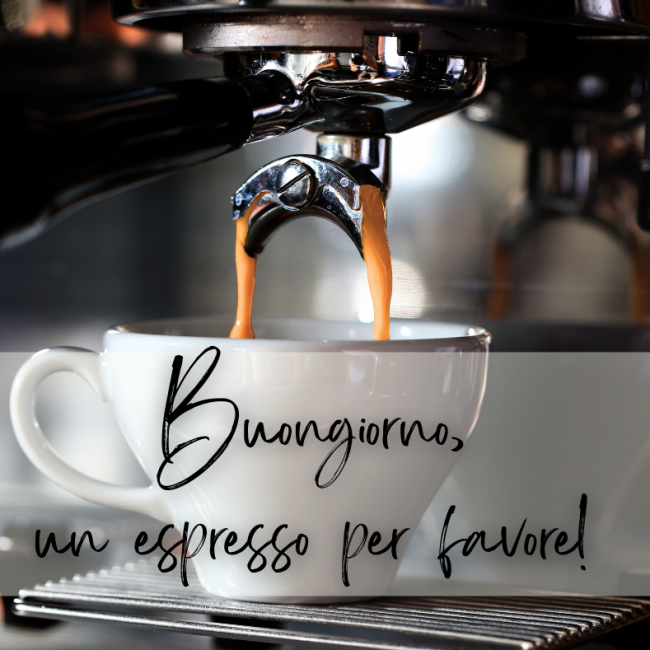
The history of “dolce vita”
Rome: capital of the Dolce Vita.
We need to step back at the 50s, when Italy was trying to overcome the remnant of terrible War and start a new life. People started spending money on entertainment and spending more and more time on social activities. Everyone desired to forget the past decade, have fun and feel alive.
Rome, the big fascinating capital, was the center of this lifestyle, in particular, Via Veneto, the luxury street with all its restaurant and cafes.
The Grand Hotel Excelsior was populated by Hollywood celebrities partying and enjoying the Italian warm summer nights.
There was a specific event that signed the beginning of the Dolce Vita period: in 1958 a Roman noble, a Countess had a big birthday party in a famous restaurant of that time: Rugantino di Trastevere.
She organized a real international party with people from many different countries, which reached its today iconic and most memorable moment, when the dancer performed a striptease, causing a scandal in the newspapers of the time.
It has been this very scandalous even, for the times being, that inspired Federico Fellini, the Italian movie director of the homonymous classic movie “La Dolce Vita”, who included an identical striptease scene in his movie.
Mostly, it is impossible not to think about Italy and its beautiful places, glimpses, and food.
During La Dolce Vita years Italian culture started to flourish. A lot of famous intellectuals met in the numerous cafes of Piazza del Popolo in Rome, such as Pier Paolo Pasolini, the writers Alberto Moravia, Umberto Eco and so on, exchanged their ideas and their art.
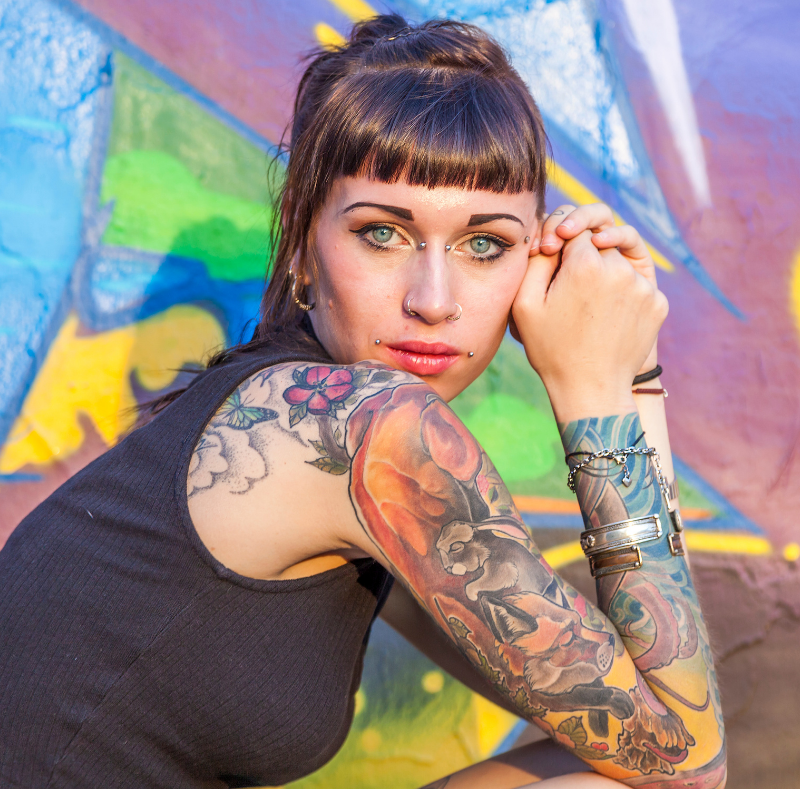
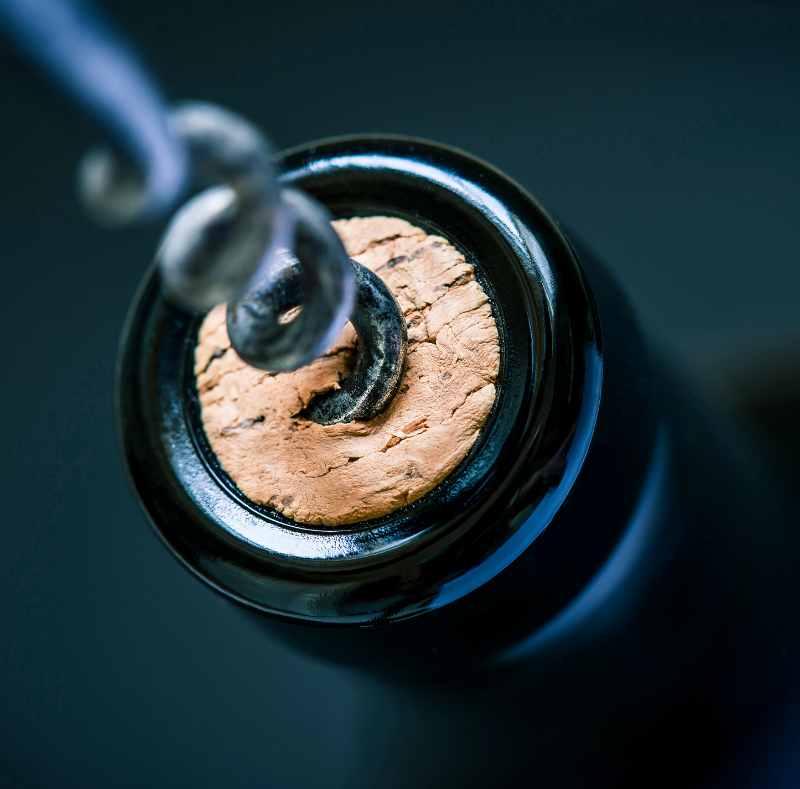
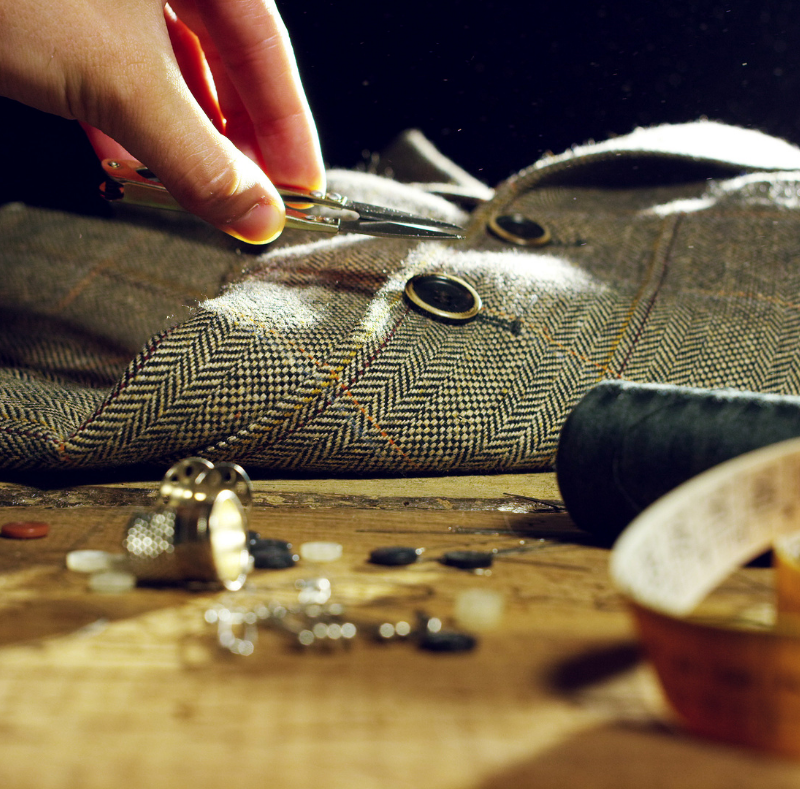

“dolce vita”: the iconic movie directed by Fellini
“La Dolce Vita” directed by Fellini, is a true mirror of that times: it represents the frivolousness, the excess but also the drama lived by the characters.
It is curious how Fellini managed to create a common word: one character of his movie, whose job was the photographer, was also named “Paparazzo” and that is why today we use this word to indicate a professional photographer who spots out compromising pictures.
“Paparazzo”. Today we use this word to indicate a professional photographer who spots out compromising pictures.
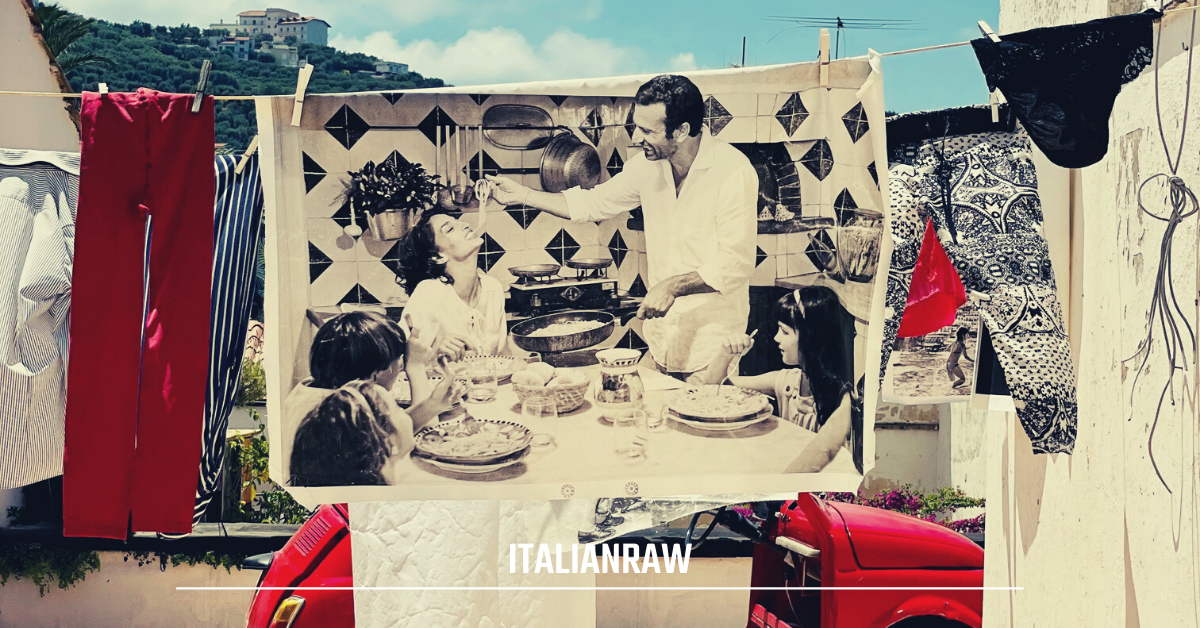
THE MANY BENEFITS OF EXTRA VIRGIN OLIVE OIL
What many consumers don’t realize is something that people living millennia ago in ancient Greece took for granted; extra virgin olive oil, all by itself, is one of the best beauty secrets.
First, Olive Oil is a natural, hypoallergenic skin moisturizer.
Furthermore, virgin olive oil has the advantage of providing potent antioxidants, including vitamins E and K.
These vitamins help repair and renew skin damaged from overexposure to sun and air pollution. Other modern-day environmental hazards like cigarette smoke and fast food create aging effects on the skin.
The nutrients in olive oil naturally stimulate cells and return skin to a firmer, smoother, and healthier state.
Let’s provide a slightly more scientific explanation. Skin damage is related to the destructive activity of oxygen-related free radicals produced by skin cells.
Polyphenolic components of olive oil are like the traditional antioxidants, such as tocopherols, used by the pharmaceutical and cosmetic industry to prevent skin damage.
There are several simple and inexpensive ways to get the best skincare and beauty benefits from a single bottle of extra virgin olive oil.
The rich emollients in olive oil allow just a little to go a long way.
2 Comments
-
angela
Hi, thank you for your feedback! We’re working to improve the quality of the texts.





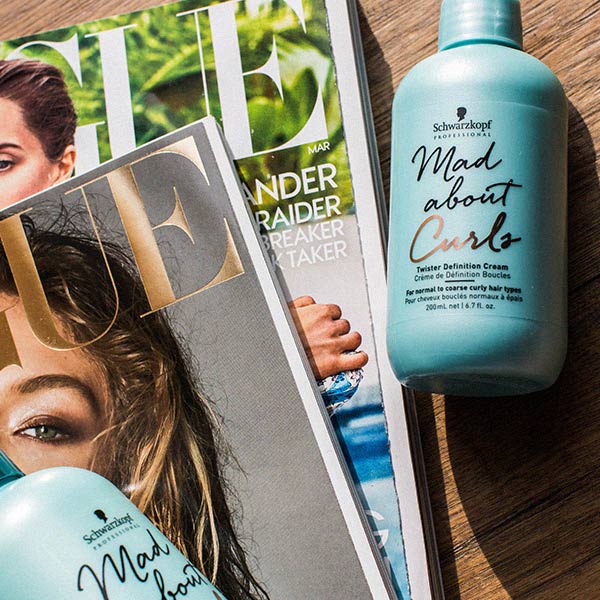


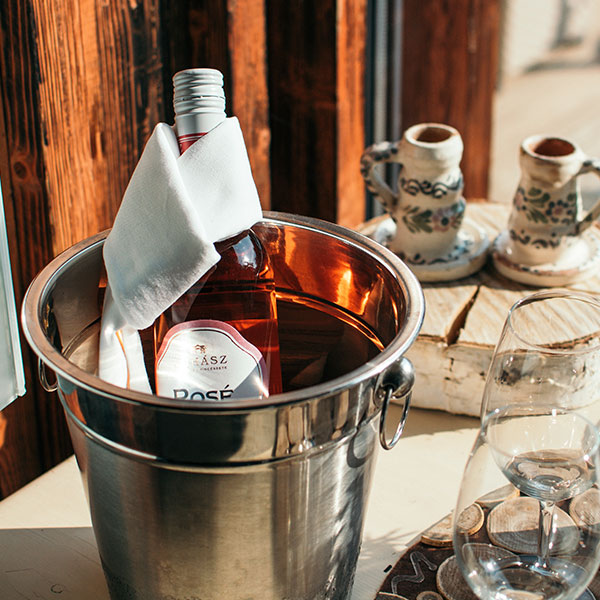

www.xmc.pl
Pretty insightful submit. Never thought that it was this simple after all. I had spent a beneficial deal of my time looking for someone to explain this topic clearly and you’re the only one that ever did that. Kudos to you! Keep it up